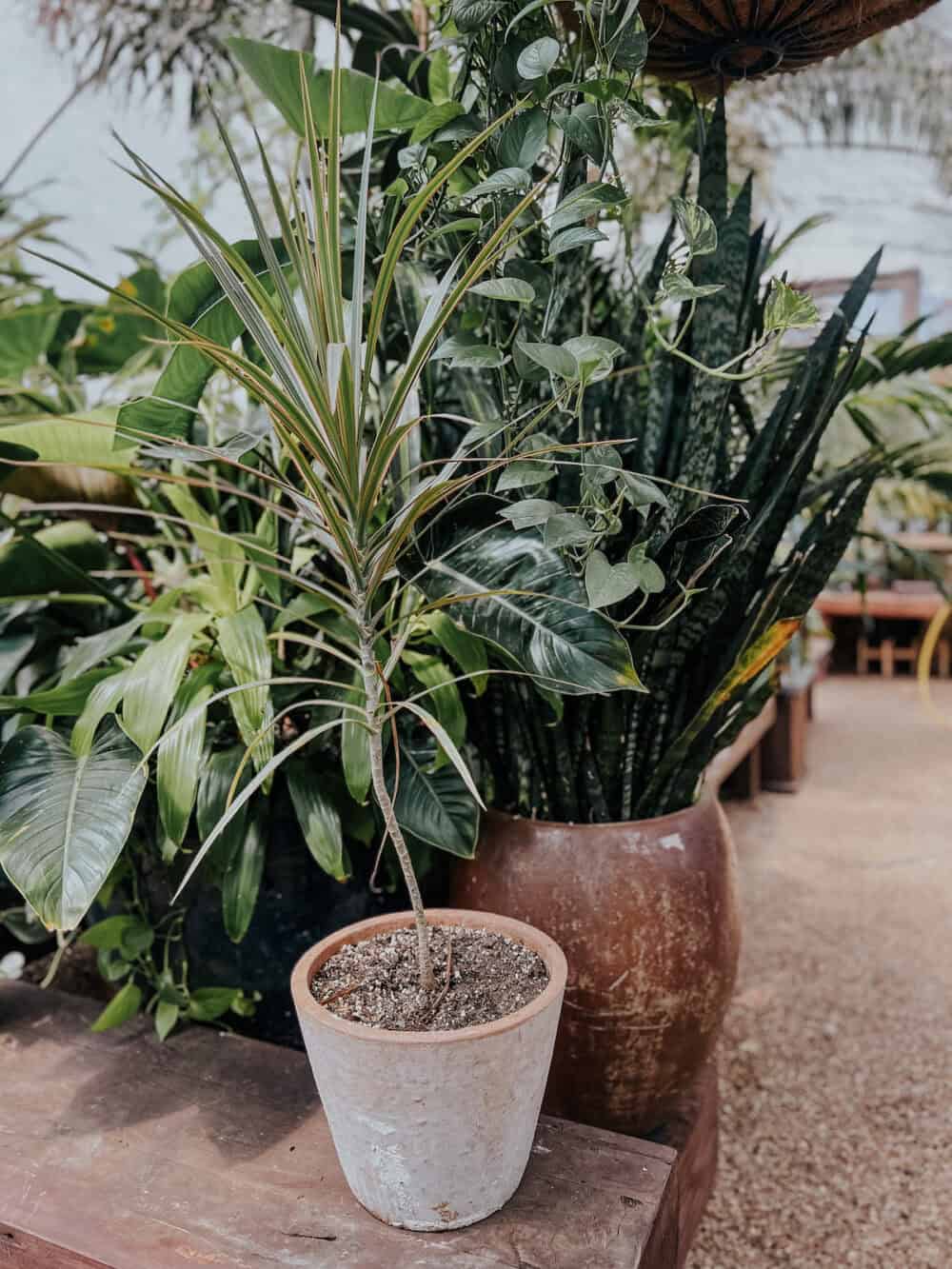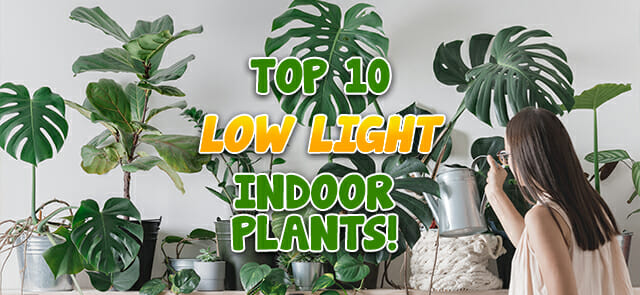Transform Your Home With Beautiful Low-Light Indoor Plants and Their Advantages
Incorporating low-light indoor plants right into your home can dramatically boost both the aesthetic and ecological high quality of your home. These plants, which flourish in dim conditions, offer not just as attractive elements yet additionally as natural air cleansers, making them ideal for metropolitan dwellers or those with minimal sunlight exposure. As we explore the numerous sorts of low-light plants and their benefits, you might discover unexpected ways to integrate them right into your home that can change your environments in ways you could not have actually anticipated.
Advantages of Low-Light Plants
Low-light plants supply countless advantages for indoor settings, making them an excellent choice for both amateur and knowledgeable garden enthusiasts. Among the key benefits is their versatility to low-light conditions, permitting people to boost their space without the requirement for extensive sunlight direct exposure. This characteristic makes them optimal for apartments, offices, and other locations with minimal natural light.

Additionally, integrating low-light plants into home design can raise the visual allure of an area. Their rich vegetation and differed textures produce a soothing ambience, adding to overall wellness. The existence of plant has been connected to minimized anxiety degrees and improved productivity, making low-light plants a functional selection for improving both physical and mental health in indoor settings.
Top Low-Light Indoor Plants
While numerous interior plants grow in bright light, numerous species are particularly fit for low-light conditions, making them ideal for numerous indoor spaces. One prominent option is the Snake Plant (Sansevieria), known for its striking upright fallen leaves and strength, calling for marginal care. One more outstanding option is the Pothos (Epipremnum aureum), which features heart-shaped leaves and can track beautifully from hangers or shelves, growing in low light and including a rich touch.
The ZZ Plant (Zamioculcas zamiifolia) is commemorated for its glossy leaves and capability to hold up against disregard, making it best for hectic way of livings. Similarly, the Peace Lily (Spathiphyllum) not only tolerates reduced light but likewise generates magnificent white blossoms, enhancing any room's visual.
For an unique touch, take into consideration the Cast Iron Plant (Aspidistra elatior), which undoubtedly measures up to its name, prospering in the darkest corners of your home. Lastly, the Chinese Evergreen (Aglaonema) uses a selection of fallen leave patterns and shades while being remarkably forgiving in low-light conditions. These plants not only enhance interior environments but additionally contribute to air purification, boosting your space.
Treatment Tips for Low-Light Plants
:strip_icc()/philodendron-b37371f3-c7eb0d91eedb4946b5854c08914dc82c.jpg)
Watering techniques are critical; these plants frequently like somewhat completely dry conditions. Overwatering can result in root rot, so ensure that the leading inch of soil is dry prior to sprinkling again. Use pots with drainage holes to enable excess dampness to run away.
Moisture is an additional vital aspect. Several low-light plants, such as brushes and tranquility lilies, take advantage of higher humidity degrees. To enhance moisture, take into consideration misting the fallen leaves or placing a tray of water near the plants.
Fertilizing should be come close to with care. Throughout the growing period, use a weakened, well balanced liquid plant food on a monthly basis to sustain growth, however prevent feeding during the dormant winter Read Full Report season.

Innovative Ways to Display Plants
Indoor plants can offer as captivating centerpieces in any kind of space, improving both visual appeal and setting. Creative screens can boost the aesthetic influence of low-light plants, making them an important component of your home decor. One reliable technique is to use tiered plant stands, which enable you to showcase several plants at differing elevations while taking full advantage of flooring space.
Hanging planters are one more innovative choice, developing a sense of depth and drawing the eye upwards. Consider macramé hangers or wall-mounted racks to introduce an one-of-a-kind texture and design.
For a much more organized strategy, use geometric terrariums or glass containers to house your plants, adding a contemporary touch to your indoor yard. You can likewise repurpose classic items, such as teacups or wooden crates, for a diverse display that reflects your character.
Enhancing Home Setting With Plants
Integrating low-light plants right into your home not only boosts aesthetic charm yet also adds significantly to the general setting. These plants function as all-natural style components, presenting a feeling of serenity that can transform any kind of room. The existence of greenery promotes a calming environment, which is particularly useful in high-stress environments such as office or living rooms.
Low-light plants, such as serpent plants, pothos, and ZZ plants, are not only cosmetically pleasing yet additionally boost interior air top quality by filtering system toxins. This twin feature boosts the atmosphere even more, creating a much healthier living area (Best low-light indoor plants). The calculated placement of these plants can additionally influence the assumption of area; as an example, high plants can draw the eye upwards, making ceilings show up higher and spaces extra roomy
Moreover, differing textures and shades of foliage include deepness to interior layout, enabling imaginative expression in home styling. Whether positioned on shelves, in edges, or as centerpieces, low-light plants can boost official statement the mood of any kind of space. In recap, incorporating these plants right into your home is a reliable method to cultivate a warm, welcoming atmosphere while enjoying the benefits of enhanced air top quality and aesthetic adaptability.
Final Thought
Including low-light indoor plants right into home environments uses numerous benefits, consisting of improved visual charm and enhanced air top quality. These resilient plants, such as the Snake Plant and Tranquility Lily, call for minimal light and upkeep, making them suitable for diverse lifestyles. Their ability to filter toxins adds to a healthier living area, while their different appearances and colors enhance indoor design (Best low-light indoor plants). Eventually, the addition of low-light plants cultivates a serene and inviting ambiance, changing any home into a Your Domain Name relaxing oasis.
While several interior plants prosper in intense light, numerous types are especially appropriate for low-light conditions, making them excellent for numerous interior areas. One efficient technique is to utilize tiered plant stands, which enable you to showcase multiple plants at varying elevations while making best use of flooring area.
Low-light plants, such as snake plants, pothos, and ZZ plants, are not only aesthetically pleasing but additionally boost interior air high quality by filtering toxins. Best low-light indoor plants. The critical positioning of these plants can likewise influence the perception of room; for circumstances, tall plants can attract the eye up, making ceilings appear higher and areas much more roomy
These resilient plants, such as the Snake Plant and Tranquility Lily, call for minimal light and upkeep, making them appropriate for varied lifestyles.